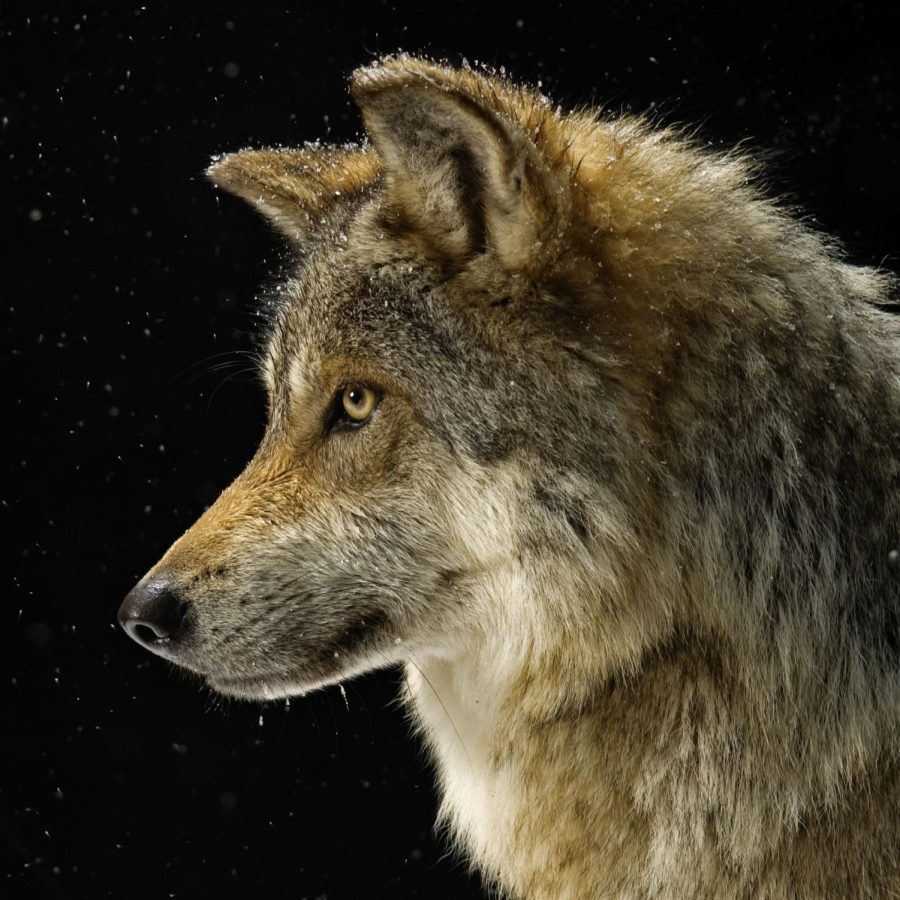Howling in Hooray: Grey Wolves Species’ Population Officially Stabilizes
Courtesy of National Geographic
The grey wolves have surpassed all of the conservation, goals to recovery have been exceeded, and have made it off the endangered species list.
November 13, 2020
A crisis has been averted. The grey wolf has finally made its way off of the endangered species list, commonly known as The IUCN Red List of Threatened Species. It has been confirmed by many organizations that the grey wolf’s conservation status is officially stable, so what was the original cause of such a loss, and what have we done to pick up the pieces we broke so long ago?
In 1933, the wolf population had mainly been decimated by bounty hunters who killed for sport. These people hunted them like pests, took over their land, and others killed them because they thought the wolves were hunting their livestock.
During this time there hadn’t been an act to prevent further harassment of any endangered species. The endangered species act was only initiated in 1973. “This action came with legislative precedent: In 1966, environmental activism pushed congress to pass the Endangered Species Preservation Act, which authorized land acquisition to conserve some species of native fish and wildlife, according to the U.S. Fish and Wildlife Service” (Time). The next year, 1974, the grey wolf had been officially listed as endangered.
As stated previously, the Red List is an organization that assesses the risk of extinction to species within a political management unit. The Red List has seven levels of conservation: least concern, near threatened, vulnerable, endangered, critically endangered, extinct in the wild, and extinct. The grey wolf has experienced many levels of the red list. In fact, at some point in 2000, they removed them from the list and just reclassified them as threatened. This action caused the grey wolves to have milder protection laws. In this case, more hunters took the chance to disregard the laws that had been in place for threatened animals which had then, caused the death of many wolves.
There have been many attempts to protect the grey wolves. The most common methods scientists have used to recover the species population is reintroducing them into habitats they know they will thrive off of for a long time. For example, there have been many wolf recovery efforts, including the reintroduction of wolves into Yellowstone National Park and central Idaho in 1995 and 1996.
Although, not just the grey wolf has been taken off the endangered species list. Other animals include the Southern White Rhinoceros, Giant Panda, Arabian Oryx, Northern Brown Kiwi, Louisiana Black Bear. So as Dylan Gerber (9) says, “ Even though our year has been a little rough, there is always a bright side to look at.”
All in all, we should continue to protect our wildlife and keep in mind the consequences of our actions no matter what is at risk. Whether it be a species or an ecosystem as a whole. Everything on Earth has been put there for a specific role. It isn’t our place to determine whether or not to take it out. This milestone of the wolves stabilization will definitely ensure the progression and influence to bring more species out of their sparse population numbers, as well as more methods aside from rehabilitation and protection laws to take more species off of this list quicker.






































faith desio • Dec 4, 2020 at 2:43 PM
Awesome article Nikole! You did a great job summarizing the whole situation. I also totally agree with what you said in the last paragraph.